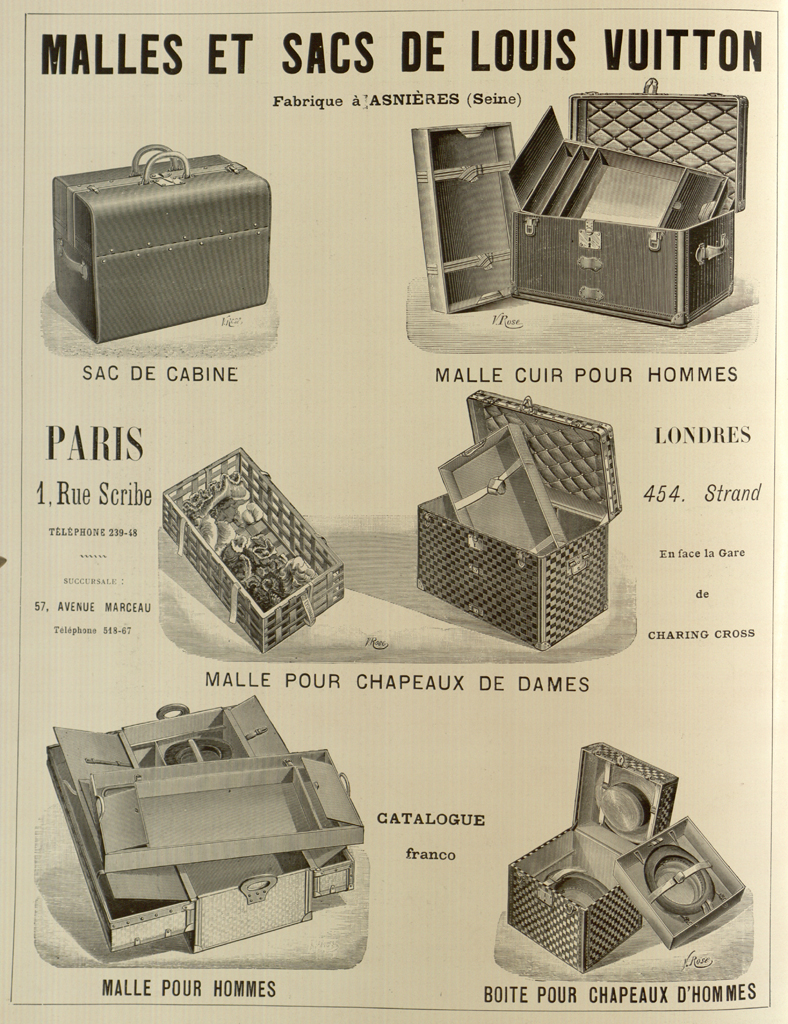The Louis Vuitton Story
Judge a Box by its Cover
Cinderella is undoubtedly among the most favourite fairy tale princesses, for any child. She receives this love and attention not only because she is a charming princess, but also because of the hardships she faced as a young child. Her mother passed away when she was a kid - father remarried - stepmother was cruel.
In a very similar story, this charming boy Louis' mother passed away when he was ten, and his father remarried soon after. As the legend has it, his new stepmother was just as wicked as Cindrella’s. Being a headstrong child, he decided to take life on his terms.
On the first day of good weather in the spring of 1835, Louis (who was only 13 then) left to Paris, alone and on foot. He travelled for more than two years — the journey was longer than that of Frodo or Bilbo Baggins. As he walked the 292-mile trek from his native Anchay to Paris, he took odd jobs along the way to feed himself and stayed wherever he could find shelter.
Louis arrived at the capital city of France, Paris in 1837, at the age of 16. It was a period of the industrial revolution that had produced a litany of contradictions: grandeur and abject poverty, rapid growth and devastating epidemics.
It was here that his awe-inspiring journey to build the empire of the brand Louis Vuitton began.
Louis Vuitton is often used as a synonym for fashion and consistently ranked among the world's most valuable brands for the last two or more decades. Let's explore this story a little further in this edition of 'Stories that Inspire'

The Louis Vuitton Story
At the age of 16, after reaching Paris, Louis Vuitton apprenticed under a box maker and packer, named Monsieur Maréchal, honing his skills as an artisan for seventeen years before opening his own workshop in 1854.
Vuitton was a keen observer of travellers and what they needed in an increasingly industrial world of trains and ships.

Travellers back then used boxes with dome-shaped lids, similar to modern-day speed bumps, initially designed to repel and deflect water in ships and trains. They were made of leather, and their awkward shape made it impossible to arrange one on top of the other.
However, Vuitton veered away from the traditional design to create flat trunks in waterproof Trianon canvas. This was the first known flat luggage as we know them today. These trunks were stackable, lighter, and braved the elements much better than leather. With a smooth moulding, they were equipped with wedges, brackets, handles, and sockets in lacquered metal.
This way, lo and behold, Louis Vuitton introduced to the world - today's modern luggage.

Here goes the other parts of the 'Stories that Inspire'
